
- Introduction
- The James Webb Space Telescope: An Overview
- The Search for Life Beyond Earth
- Recent Discoveries and Future Prospects
- Challenges and Technological Innovations
- The Broader Implications of JWST’s Mission
- The JWST: A New Window into the Cosmos
- K2-18 b: A Super-Earth with Oceanic Potential
- The 2023 Investigation
- Treatments for Extraterrestrial Life
- Conclusion
- Recommended External Links
- Recommended Internal Links
Introduction
The James Webb Space Telescope (JWST) represents a monumental leap forward in our quest to understand the universe. This advanced telescope, the successor to the Hubble Space Telescope, is designed to explore the cosmos with unprecedented clarity. One of its most exciting missions is the search for life beyond Earth. This article delves into the capabilities of the JWST, its potential to detect extraterrestrial life, and the scientific breakthroughs it promises.
The James Webb Space Telescope: An Overview
Design and Capabilities
The JWST is equipped with a 6.5-meter primary mirror, significantly larger than Hubble’s 2.4-meter mirror, allowing it to collect more light and see further into the universe. Its instruments can observe in the infrared spectrum, which is crucial for detecting the faint heat signatures of distant objects, including potentially habitable exoplanets.
Infrared Observations
Infrared light can penetrate dust clouds that obscure visible light, providing a clearer view of star-forming regions and planetary systems. This capability is essential for identifying biosignatures, such as water vapor, carbon dioxide, and methane, which are potential indicators of life.
The Search for Life Beyond Earth
Exoplanet Exploration
One of JWST’s primary missions is to study exoplanets—planets orbiting stars outside our solar system. By analyzing the light that passes through an exoplanet’s atmosphere, scientists can determine its composition and look for signs of habitability. The telescope’s precision will allow for the detection of atmospheric gases that could indicate biological processes.
Key Targets: The TRAPPIST-1 System
The TRAPPIST-1 system, with its seven Earth-sized planets, is a prime target for JWST. These planets are located in the habitable zone of their star, where conditions might be right for liquid water to exist. JWST will study their atmospheres to assess their potential to support life.
Continue Reading: Life Beyond Earth with the James Webb Telescope
Recent Discoveries and Future Prospects
CO2 Detection on Exoplanets
JWST has already made significant strides in its mission. Recently, it detected carbon dioxide in the atmosphere of a distant exoplanet, marking the first time this gas has been identified outside our solar system. This discovery is a crucial step in the search for life, as carbon dioxide is often associated with biological activity.
Early Universe Observations
In addition to searching for life, JWST is also peering back into the early universe, studying galaxies that formed just a few hundred million years after the Big Bang. These observations help scientists understand the conditions that could lead to the emergence of life.
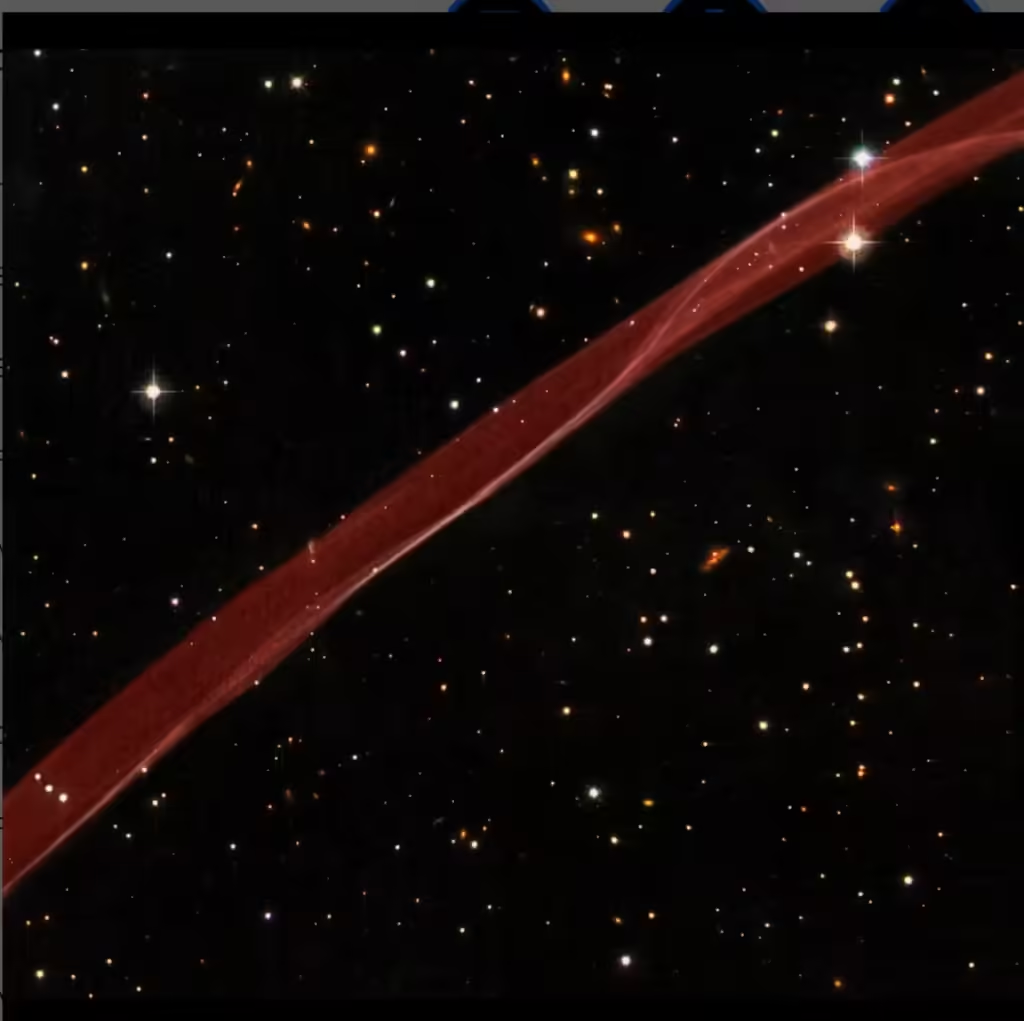
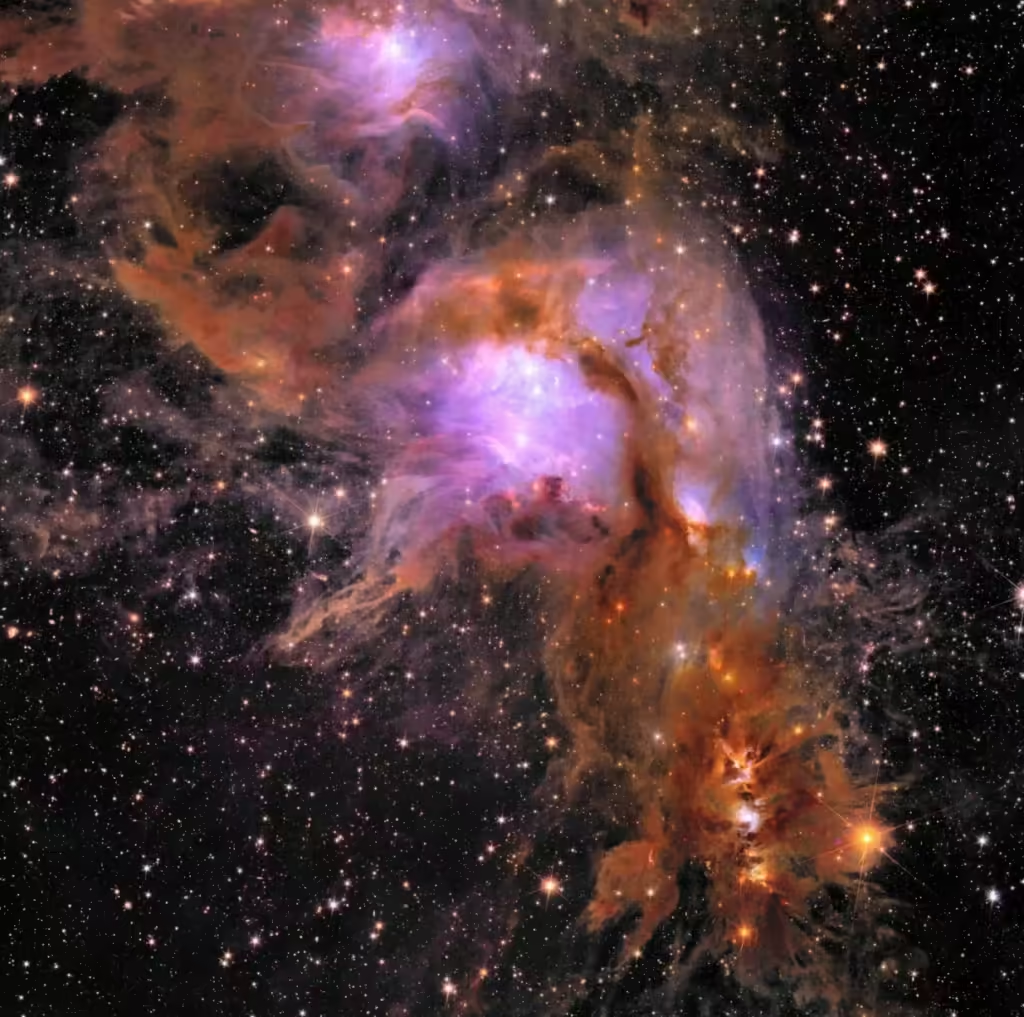
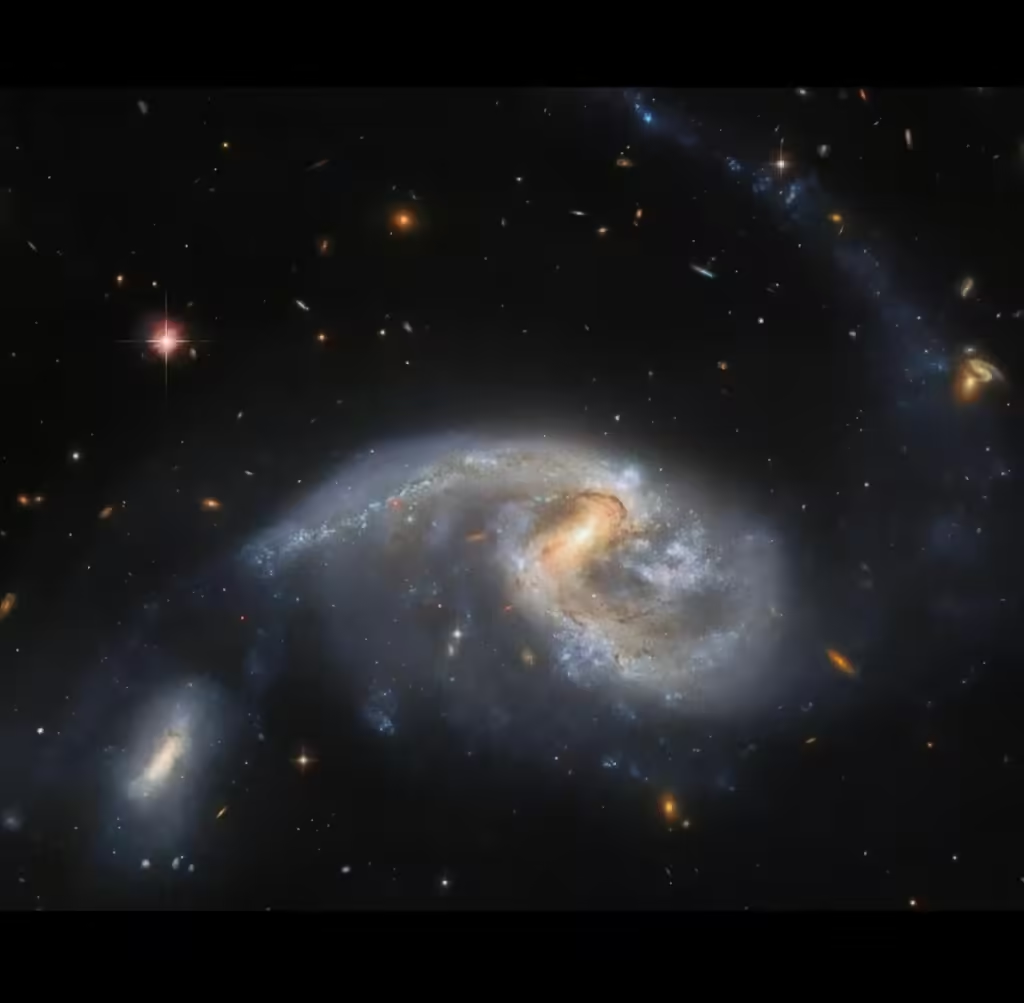

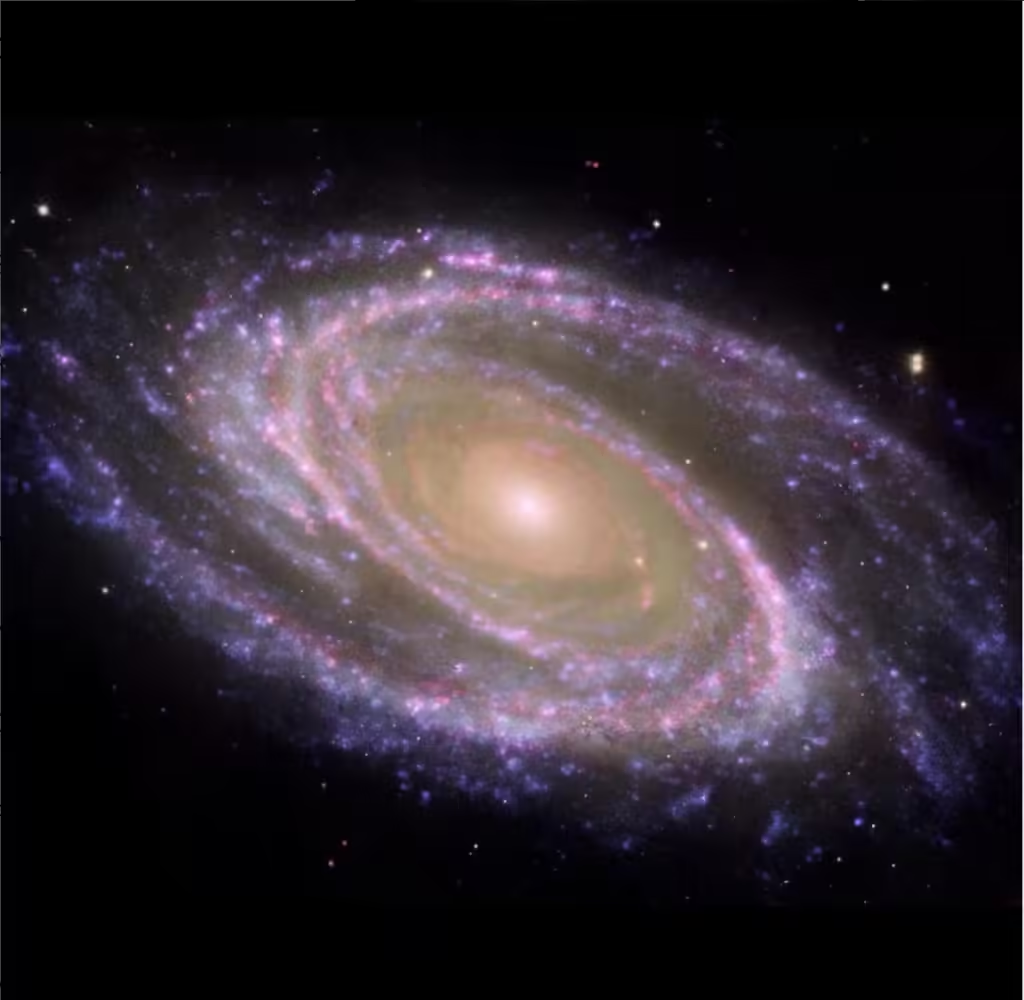
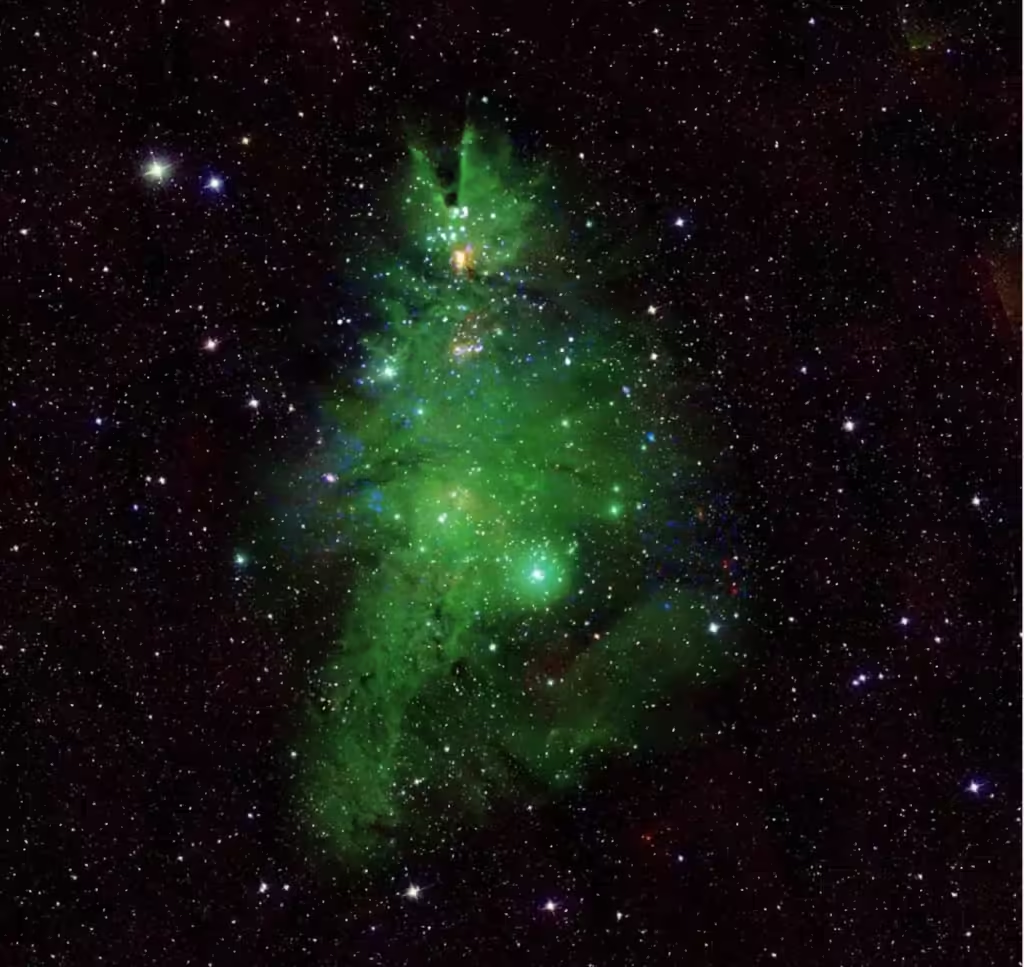
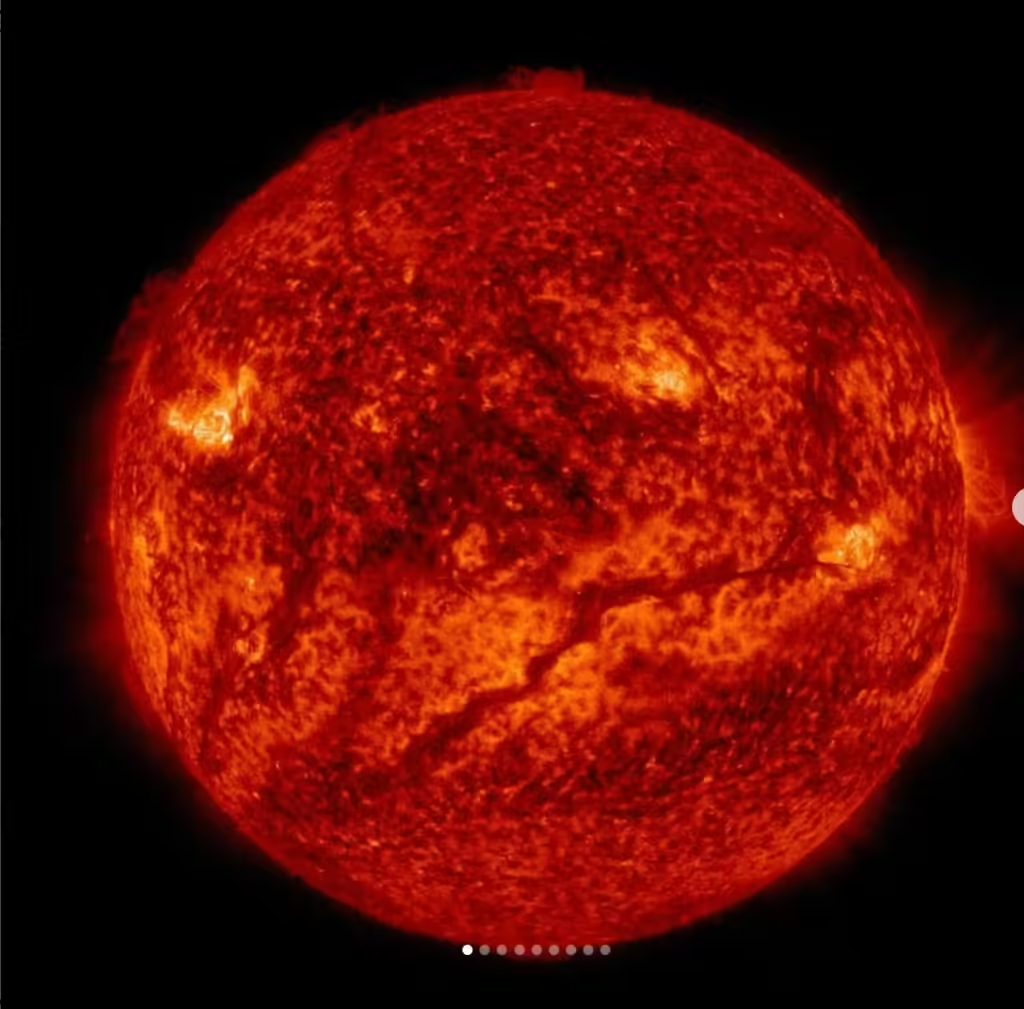
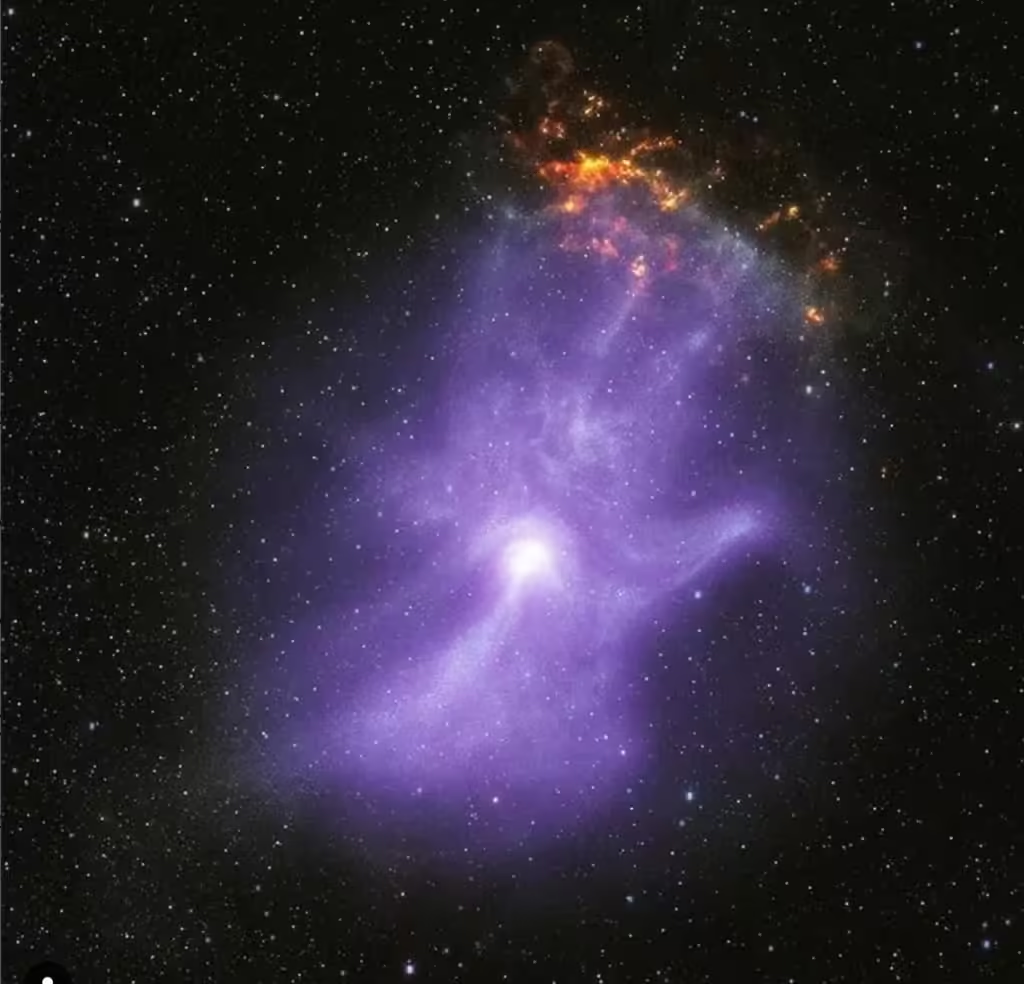
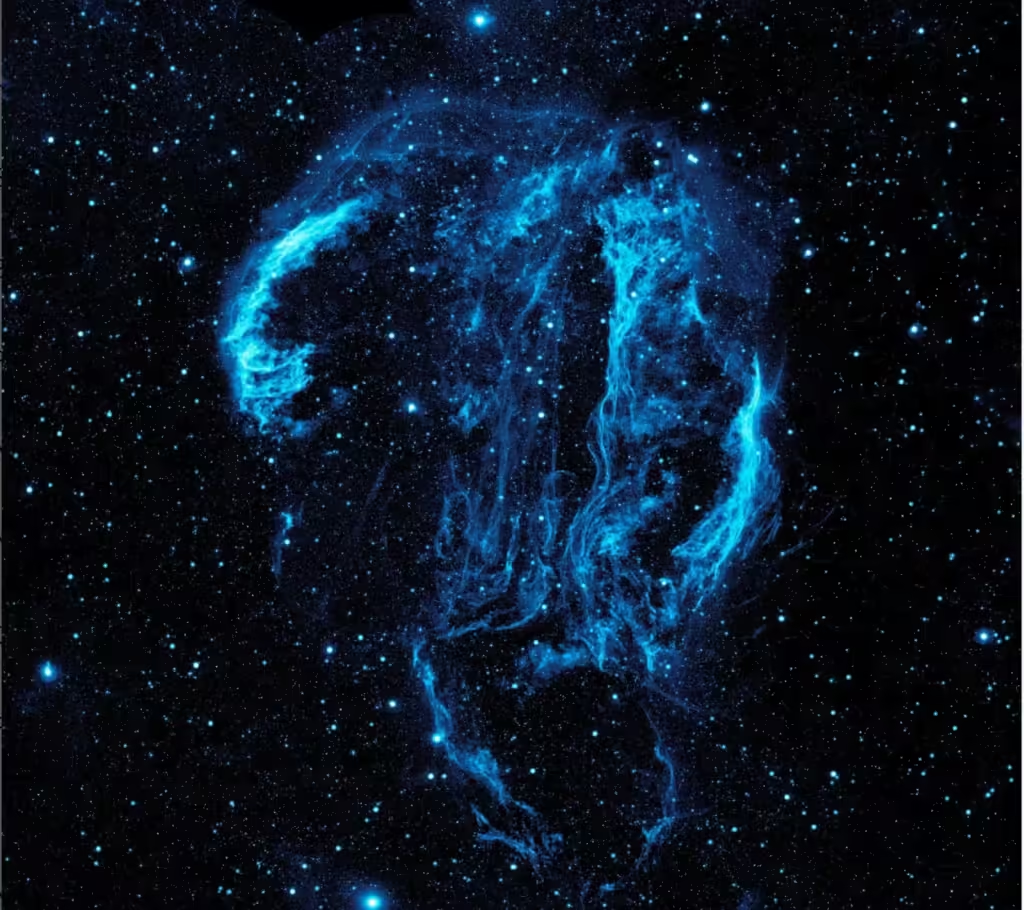
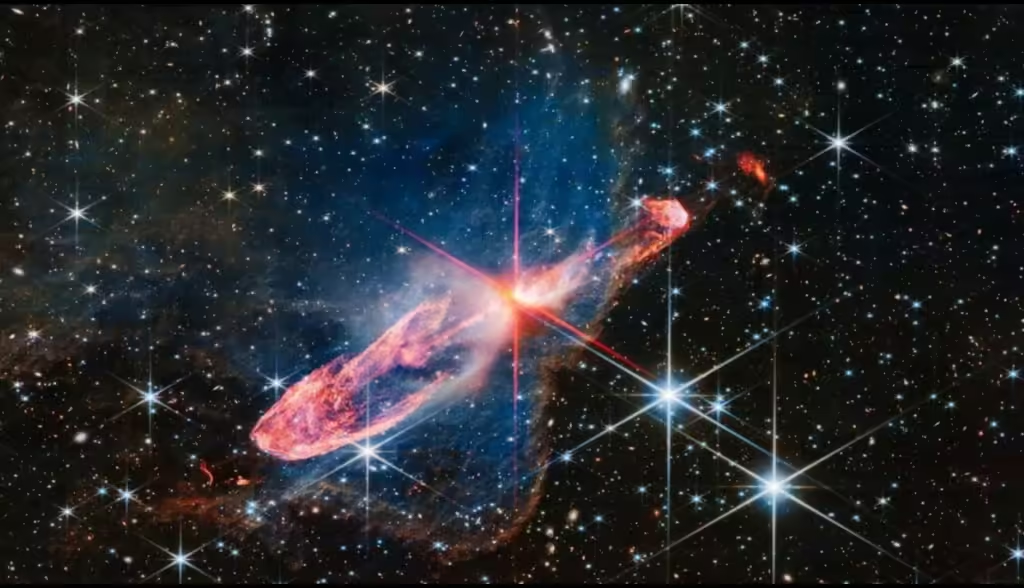
Challenges and Technological Innovations
Overcoming Observational Challenges
One of the main challenges in detecting exoplanets is the brightness of their host stars, which can overshadow the faint signals from the planets. JWST addresses this issue with advanced techniques such as coronagraphy, which blocks out the star’s light to reveal the planets orbiting around it.
Technological Breakthroughs
The development of the JWST involved numerous technological innovations, including the use of a segmented mirror and a sunshield to keep the telescope cool. These advancements are crucial for its ability to observe in the infrared spectrum and detect faint signals from distant objects.
The Broader Implications of JWST’s Mission
Understanding Planetary Formation
By studying a wide range of planetary systems, JWST will provide insights into how planets form and evolve. This knowledge is essential for understanding the conditions that make a planet habitable and the potential for life to arise.
Enhancing Our Knowledge of the Universe
The discoveries made by JWST will enhance our understanding of the universe’s history, from the formation of the first stars and galaxies to the conditions necessary for life. This knowledge will not only advance science but also inspire future generations of astronomers and astrophysicists.
The JWST: A New Window into the Cosmos
Despite its immense distance from Earth, the JWST’s ability to analyze the chemical composition of exoplanet atmospheres through spectral analysis offers unprecedented insights. By filtering starlight through exoplanet clouds, the JWST provides a unique perspective on potential biosignatures1.
K2-18 b: A Super-Earth with Oceanic Potential
K2-18 b, located approximately 120 light-years away, is a super-Earth that captured our attention. Its similarities to our planet make it an ideal candidate for life. Here are the key features:
- Size and Mass: K2-18 b is 2-3 times wider than Earth and has 8.6 times Earth’s mass.
- Habitable Zone: Positioned in the habitable zone of its star, K2-18 b enjoys just the right temperature for liquid water.
- Hycean World: The exoplanet likely harbors an ocean, making it a “hycean” world. Liquid water is essential for life as we know it.
The 2023 Investigation
University of Cambridge scientists used the JWST to study K2-18 b in 2023. Their key findings:
- Carbon Dioxide and Methane: These molecules were detected in K2-18 b’s atmosphere, suggesting a hydrogen-rich environment conducive to life.
- Ammonia Absence: The absence of ammonia further supports the hycean hypothesis.
Treatments for Extraterrestrial Life
While we await definitive proof, treatments for detecting life beyond Earth are advancing:
- Atmospheric Water Vapor: Future missions will search for oceans through atmospheric water vapor.
- Carbon Dioxide Biosignatures: Carbon dioxide and other atmospheric chemicals hold clues to life.
Please note that while the JWST’s findings are exciting, we must remain cautious. Premature claims can lead to disappointment, but the pursuit of knowledge continues. 🌌🔭🌏14
Conclusion
The James Webb Space Telescope is poised to revolutionize our understanding of the universe and our place within it. Its advanced capabilities will enable us to explore distant worlds and search for signs of life beyond Earth. As we continue to push the boundaries of scientific discovery, the JWST stands at the forefront of our quest to answer one of humanity’s most profound questions: Are we alone in the universe?
Recommended External Links
- NASA’s James Webb Space Telescope – An overview of the JWST’s mission and capabilities.
- Exoplanet Exploration Program – Information on NASA’s search for habitable exoplanets.
- Astrobiology at NASA – Resources and research on the search for life beyond Earth.
These links provide additional information and resources for those interested in learning more about the James Webb Space Telescope and its mission to find life beyond Earth.
Recommended Internal Links
Starliner Launch: A New Era in Space Travel
Birth of Universe’s Earliest Galaxies Observed for First Time
Stay Connected For More On: Life Beyond Earth with the James Webb Telescope

